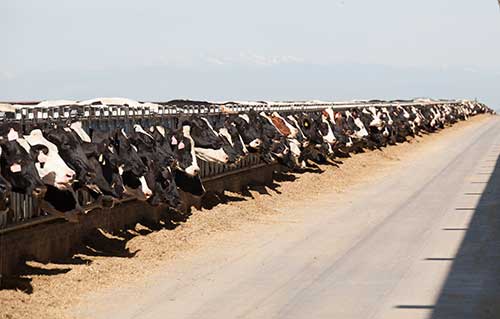
Updated at 11:30 CST on April 25, 2016 for additional clarity.
In some cases, averages can be misleading. That would certainly be true when looking at the average U.S. dairy herd size.
These days, the average (mean) U.S. dairy herd has 144 milk cows. That total was up 94 head from the 50 cows in 1987. That number is triple the number of dairy cows on farms just 25 years ago (1987 versus 2012). However, that's only half the story.
When evaluating the midpoint, herd size grew tenfold - from 80 to 900 cows.
What is a midpoint?
In the statistical world, the midpoint is the middle . . . hence the term midpoint. It is calculated by taking all of the cows and placing 50 percent of the cows, along with the respective herds that house those cows, on one side and 50 percent of the cows, and their respective herds on the opposite side. That leads to a midpoint of 900 cows.
More simply said, "Half of all cows are in herds larger than the midpoint (900 in this case), and half are in smaller herds. In short, it means there are more large dairy farms these days.
The 144 (average or mean) versus 900 (midpoint or median) measurement also illustrates that the U.S. dairy farming sector has changed tremendously in the past three decades.
Just 20 years ago, farms with less than 100 cows, 135,000 in total, were home to half of the nation's milk cows. That same group, under 100 cows, had only 17 percent of the total in 2012. Meanwhile, the number of farms with over 1,000 cows tripled to 1,807 farms during that same snapshot in time.
This data comes from the report Changing Structure, Financial Risks, and Government Policy for the U.S. Dairy Industry.
(c) Hoard's Dairyman Intel 2016
April 25, 2016








